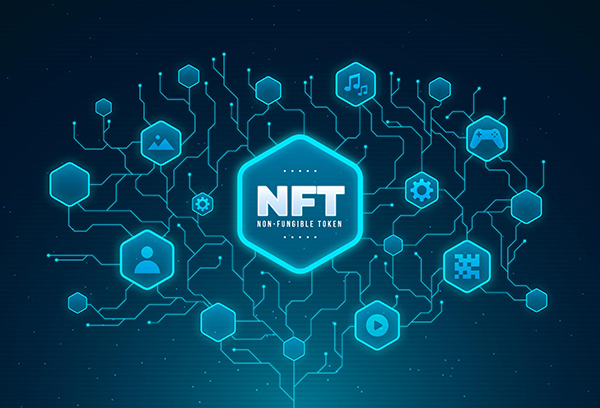Extended reality technologies aren’t new, but the way we interact with them has rapidly changed in the last few years. As businesses compete for supremacy in the virtual world, the key to success is to leverage technological innovations. Recently, the concept of metaverse has been popularized with the leading social media platform Facebook rebranding itself as Meta, though the term was first coined in 1992 by Neal Stephenson in his novel Snow Crash. Facebook founder Mark Zuckerberg seeks to take us to the next stage of the internet which is dominated by virtual reality.
Metaverse development wouldn’t have been possible without the advances in augmented reality (AR) and virtual reality (VR) technologies. It is all about connected VR experiences. Virtual fitting room technology is one of the key uses of metaverse for ecommerce stores. It uses human pose estimation algorithms to parse the video to identify key locators on the body of a person to let the application understand the user’s body shape, contours, and spatial position. Artificial intelligence (AI) powered algorithms used by ecommerce companies in the virtual fitting room technology provide far better results than the programs developed by humans. Once the user’s body shape is accurately determined, a virtual item can be added to the screen, which will be tracked onto the body in 3D space.
Blending virtual reality experiences of different digital realms
On a very basic level, metaverse is the virtual reality experience that comprises many different digital realms with its own distinct city or country. Metaverse combines AR, VR, and 3D holographic avatars, videos, and other forms of communication. The idea behind the metaverse is to create a space similar to the internet, but it is more tangible. The “metazens” interact with the real world via digital avatars. One can sit around a virtual meeting table with colleagues from around the world, break for lunch, head to a concert, and then meet up with friends for a dinner.
The users experience environmental changes in real-time. If a user makes a change to the metaverse, the shift is visible to everyone. Metaverse is persistent, which means it exists without the user’s physical presence. It allows the users to relish live experiences. It is sustainable, means users can earn within the metaverse and pay for their utility. Moreover, virtual items in the metaverse are interoperable, so one can move virtual items, including avatars, from one metaverse project to another.
Realism and immersive experiences are important
Accessibility to the store remotely is tremendously advantageous to the consumers. Deep learning AI algorithms, video capture, and precision rendering are vital to providing a realistic experience to the users. However, immersive experience is important for this to succeed, because if the user is not immersed in the content, they may turn away from the sale. Once the fitting room technology reaches the point that it can substitute an in-person visit by a better display of the person’s feet, legs, hands, face, and overall body, virtual fitting rooms will eventually replace the traditional brick and mortar stores.
To be a truly immersive platform, metaverse needs three-dimensional environments. 3D modeling program attempts to recreate some real-world entity, or a blueprint for a future structure. It can be used by ecommerce businesses to improve the visibility of the supply chain for their consumers, allowing them to see wherefrom the product is coming, and how it has been processed.
NFTs are resolving the challenge of bringing assets to metaverse
Metaverse development has brought a new revolution to the internet where everyone can interact with everyone else, and even live their life on the internet, and do all the real-life things. Metaverse is a virtual environment, and if humans need to adapt to the meta world, many digital assets of their virtual life will need to be brought into the meta world. This problem is solved by NFTs or non-fungible tokens. NFTs are digital assets that are minted on the blockchain network, and the users can bring all their digital assets to the virtual world avatars in the meta world. Virtual world products like arts and videos can be listed for sale on specific metaverse NFT platforms.
Top IT giants like Facebook, Google, Amazon, Sony, Apple, Microsoft, and Disney have invested millions of dollars to provide their users with the best virtual experiences. Other companies are investing in real- estate in the metaverse that can be sold for millions or billions of dollars as real estate in the metaverse is not infinite. Metaverse-based social media platforms, entertainment platform, and many more will be in the global markets soon.


 Vishal
Vishal


